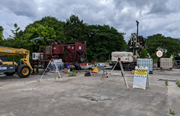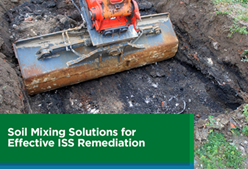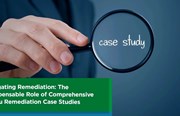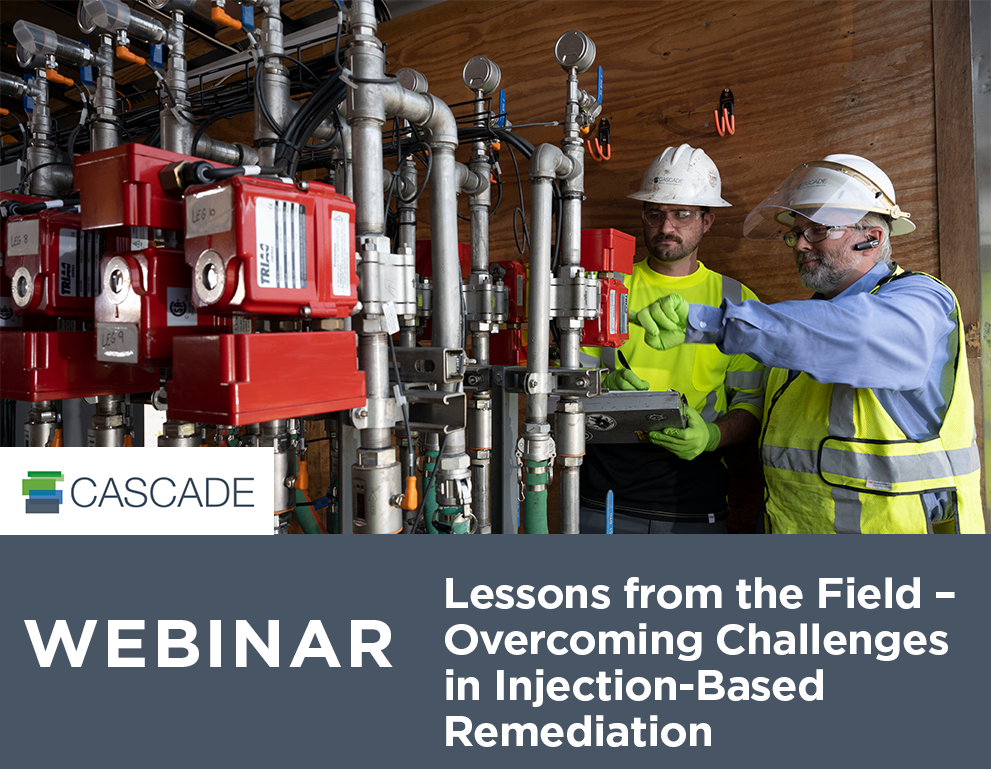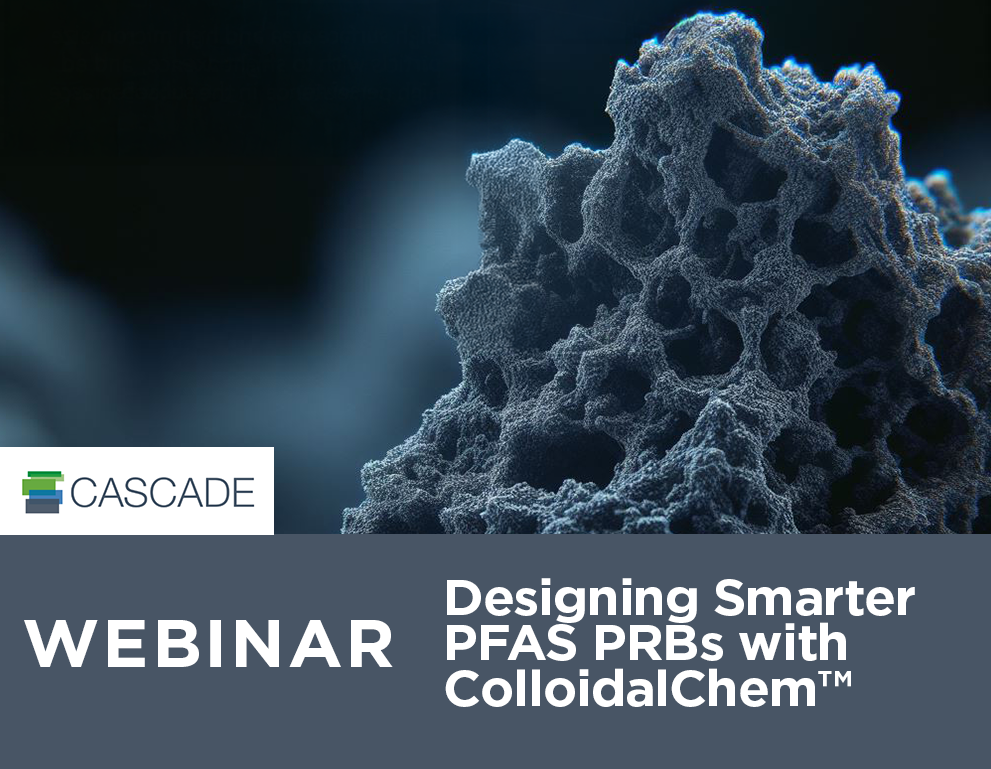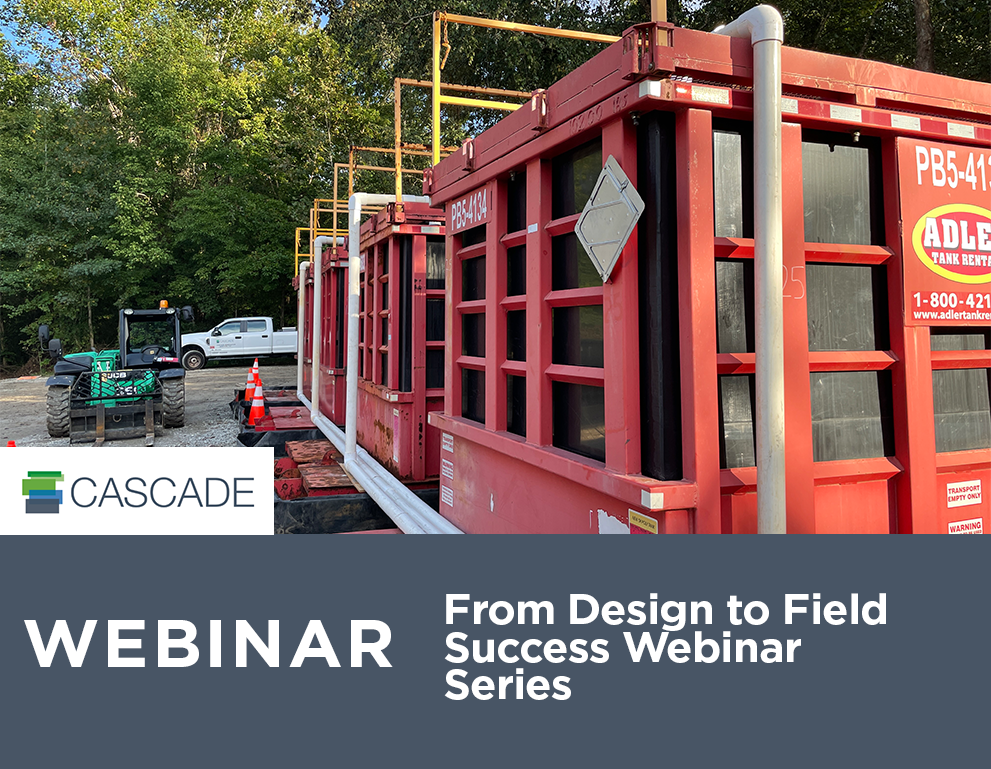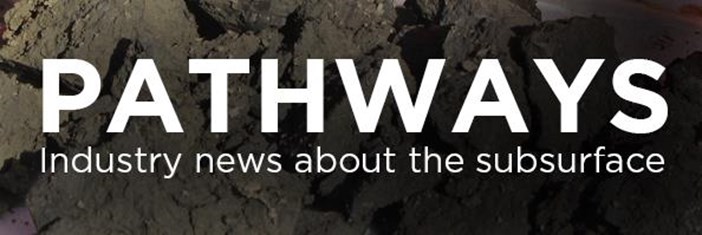
Carving the Path Forward
Imagine the feeling when you have one reliable partner guiding your remediation project from start to finish. Rather than balancing multiple vendors, envision a streamlined process with a single point of contact.
Delve into this edition of 'Pathways' to discover the potential of an adaptive management approach. We explore how continual site characterization, proven injection best practices, and our advanced geotechnical drilling techniques could revolutionize your project outcomes.



